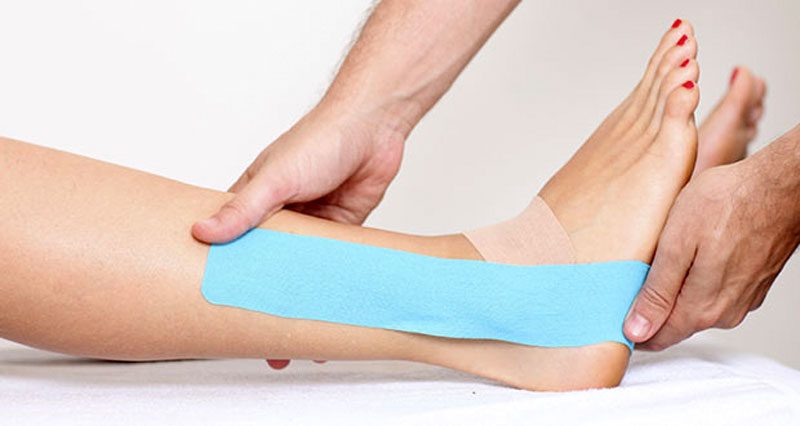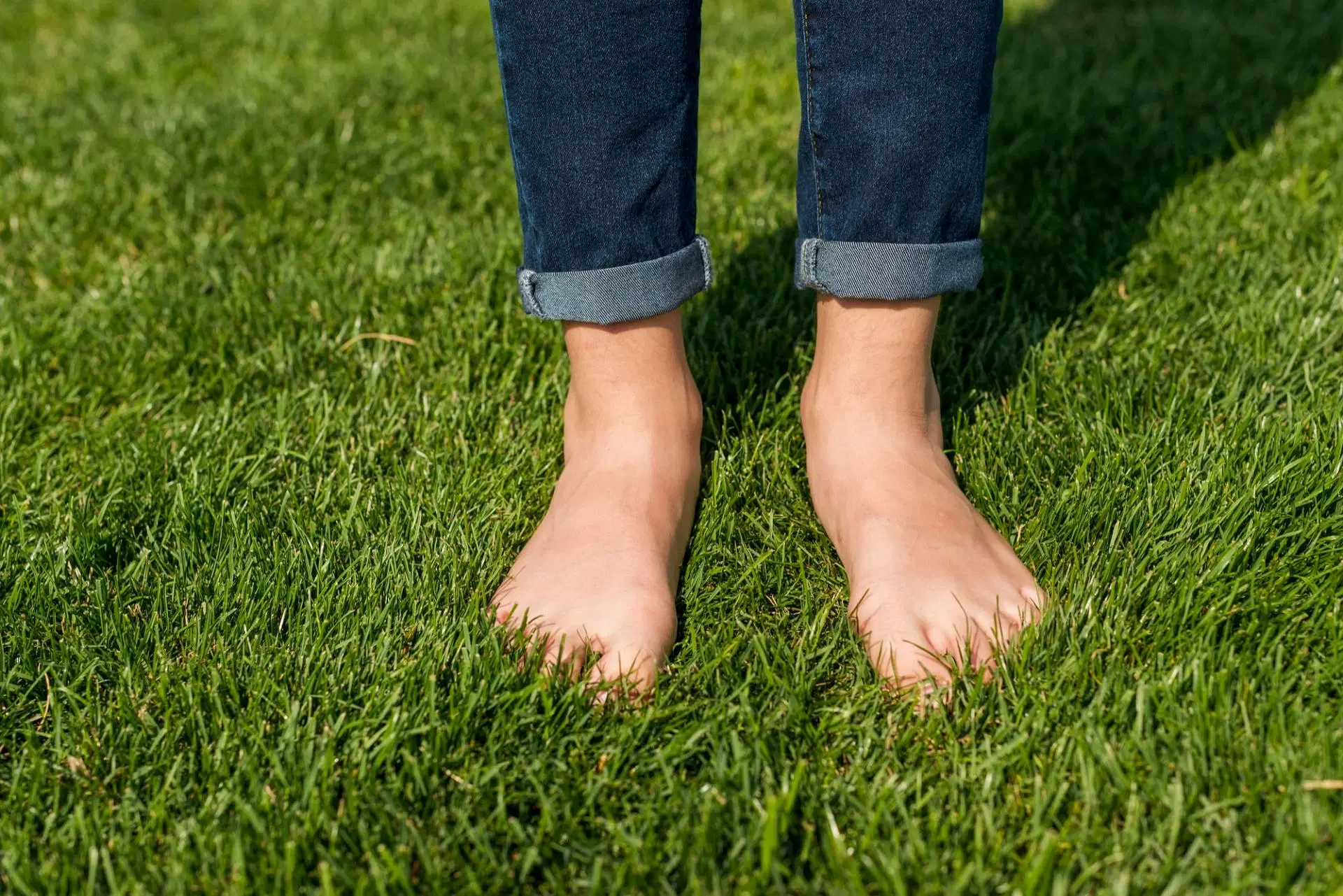At Shellharbour Health, we’re often asked: “Does taping really help with pain and injuries?” The answer is yes—when applied properly, taping can be a powerful tool to relieve pain, support healing, and improve movement. Whether you’re managing a sports injury, joint instability, or postural strain, our physiotherapists use taping techniques that are backed by science and tailored to your condition.
What Is Taping?
Taping involves applying specialised adhesive tape to the skin to support joints, muscles, and soft tissues. The main types of taping include:
- Rigid (Sports) Taping – used to provide firm support and restrict unwanted movement, especially in unstable joints.
- Kinesiology Taping – a more flexible option (e.g., Kinesio Tape or RockTape) designed to move with the body and enhance function.
Each technique serves a unique purpose and is selected by our physiotherapists based on your injury, activity level, and treatment goals.
How Taping Works: The Science Behind the Tape
Taping provides therapeutic benefits through three key mechanisms:
1. Mechanical Stabilisation
Taping offers external support that mimics the body’s own stabilisers (like ligaments or tendons). It:
- Limits harmful or excessive movements
- Provides joint stability
- Guides better alignment and posture
- Reduces strain on healing tissues
For example, rigid taping of an ankle after a sprain helps prevent reinjury while maintaining enough mobility for safe activity.
2. Load Reduction
Taping can help offload stressed or injured muscles, tendons, and joints by:
- Redistributing mechanical stress away from painful structures
- Assisting underactive or fatigued muscles
- Supporting the body during activity without full immobilisation
This helps protect the injured area while still allowing movement—essential for recovery.
3. Neurological and Sensory Effects
Taping stimulates the skin’s sensory receptors, which:
- Alters pain perception by interrupting pain signals
- Enhances proprioception (your body’s awareness of position and movement)
- Encourages more efficient, protective movement patterns
- Improves coordination and muscular control
These neurological effects can lead to immediate improvements in comfort and movement.
Common Injuries and Conditions We Treat with Taping
- Ankle sprains and ligament tears
- Shoulder instability or impingement
- Knee pain (e.g., patellofemoral syndrome)
- Lower back or neck pain
- Muscle strains
- Plantar fasciitis
Our physiotherapists assess and apply taping based on your anatomy, condition, and activity level to ensure the best outcome.
Taping Is Part of a Holistic Physiotherapy Plan
While effective on its own, taping is most powerful when used as part of a broader treatment approach. At Shellharbour Health, we combine taping with:
- Manual therapy
- Tailored exercise programs
- Dry needling
- Postural and ergonomic advice
Our goal is long-term recovery, not just temporary relief.
Book Expert Taping and Injury Management in Shellharbour
If you’re recovering from injury or looking for pain relief, our physiotherapists can assess whether taping is right for you. Located centrally in Shellharbour, we’re here to help you move better, feel stronger, and heal faster.



